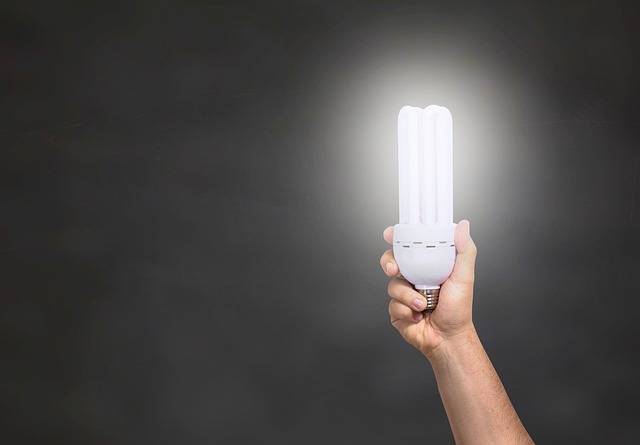When it comes to enjoying our favorite films, video games, and work presentations, the brightness of our displays plays a pivotal role in shaping our visual experience. Brightness is not merely a technical specification; it evokes feelings of vibrancy, clarity, and engagement. In today’s blog post, we dive into the world of display technology, dissecting how brightness influences TVs and monitors, and why it’s crucial for a captivating visualization experience.
Modern televisions and monitors have evolved vastly, with brightness taking center stage. The higher the brightness, the more vivid the colors appear, and the more details can be seen in dark scenes. As technology advances, manufacturers are introducing incredible solutions like OLED and Mini LED panels, which deliver impressive brightness levels while maintaining deep blacks and unparalleled contrast. If you’ve ever watched a high-definition nature documentary, you’ve likely noticed how brightly lit scenes can transport you right into the heart of the jungle, enhancing your engagement and feelings of wonder.
Not all displays are created equal, and understanding how to master brightness can significantly enhance your viewing experience. For ideal conditions, consider where your monitor or TV will be placed. A bright, sunlit room may require a panel with higher brightness to counteract glare, ensuring that every detail pops. Conversely, a home theater designed for immersive movie nights can benefit from displays with outstanding contrast ratios rather than just sheer brightness.
For technophiles, it’s fascinating to explore the specifications behind brightness, commonly measured in nits. A display with 300 nits might look good in a controlled environment, but in a brightly lit room, you may need at least 600 nits to achieve satisfying visibility. Consequently, increasing brightness plays a crucial role when you’re gaming or working, where clarity and detail are essential. Adaptive brightness features present in many new models intelligently adjust the screen’s luminosity based on surrounding light, enhancing comfort and reducing eye strain — a game changer in extended usage scenarios.
Another aspect to consider is the HDR (High Dynamic Range) support in modern displays. HDR content, designed to take full advantage of a TV or monitor’s brightness capabilities, can make colors appear more lifelike. The key to mastering brightness lies in understanding how to leverage these technologies to maximize enjoyment. It’s not just about having a high number; what matters is how well that brightness translates into a breathtaking viewing experience.
Furthermore, if you’re in the market for a new display, it’s crucial to remember that the audience impacts how brightness is perceived. Have you ever found yourself squinting or leaning in closer to get a better look? That’s a sure sign the brightness levels may not be optimized for your environment. Always try before you buy, ensuring that the display meets your needs for clarity, vibrancy, and comfort.
In essence, mastering brightness in display technology is a balance. It isn’t solely about purchasing the brightest screen on the market; it’s about choosing the right technology for your viewing habits while considering your personal aesthetics. Brightness can transform a mundane film into a stunning visual journey, elevate the layers of detail in a video game, and keep you alert and focused during work presentations. By understanding and optimizing this fundamental aspect of displays, you can unlock an entirely new level of satisfaction in your multimedia experiences.




